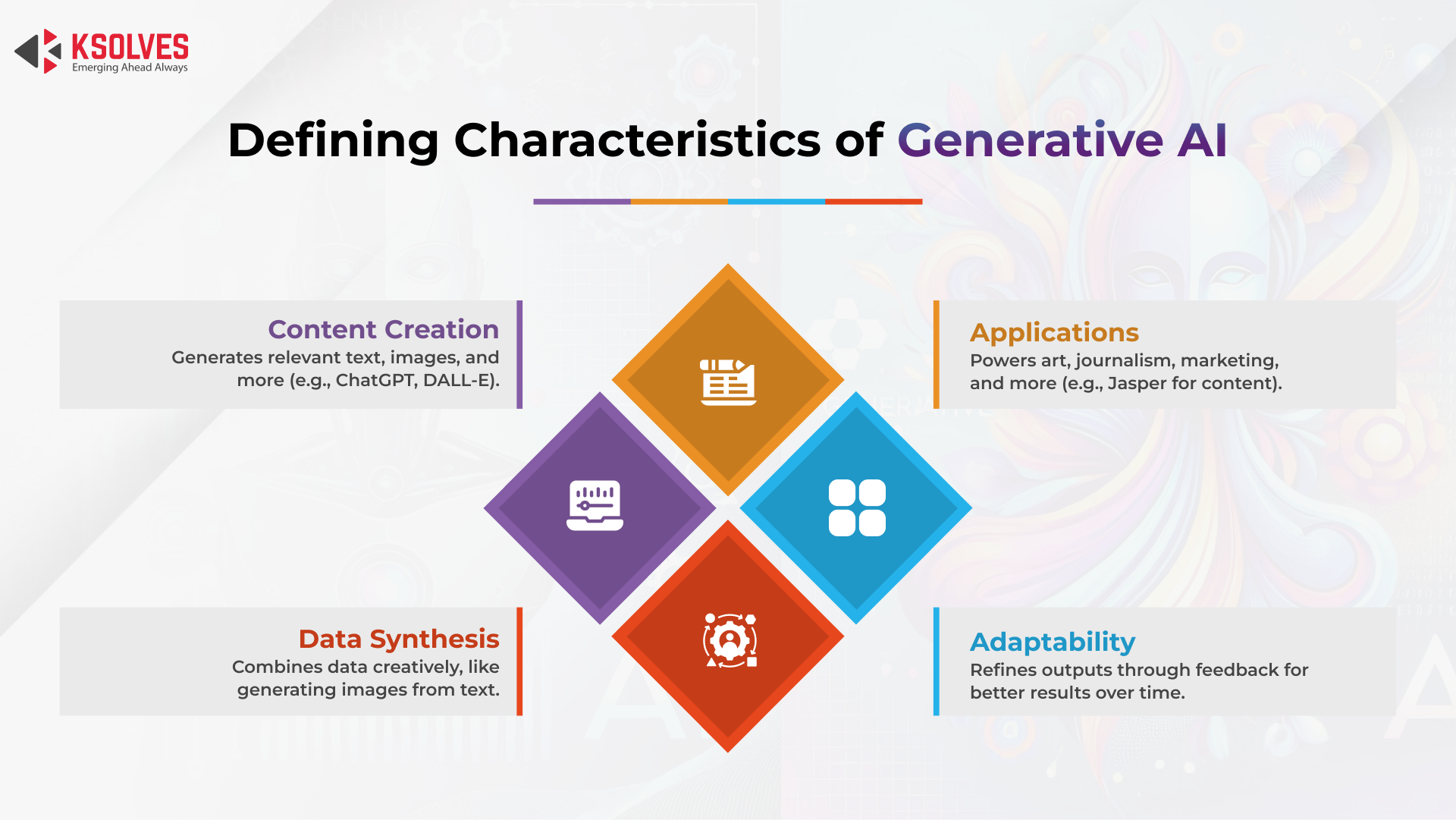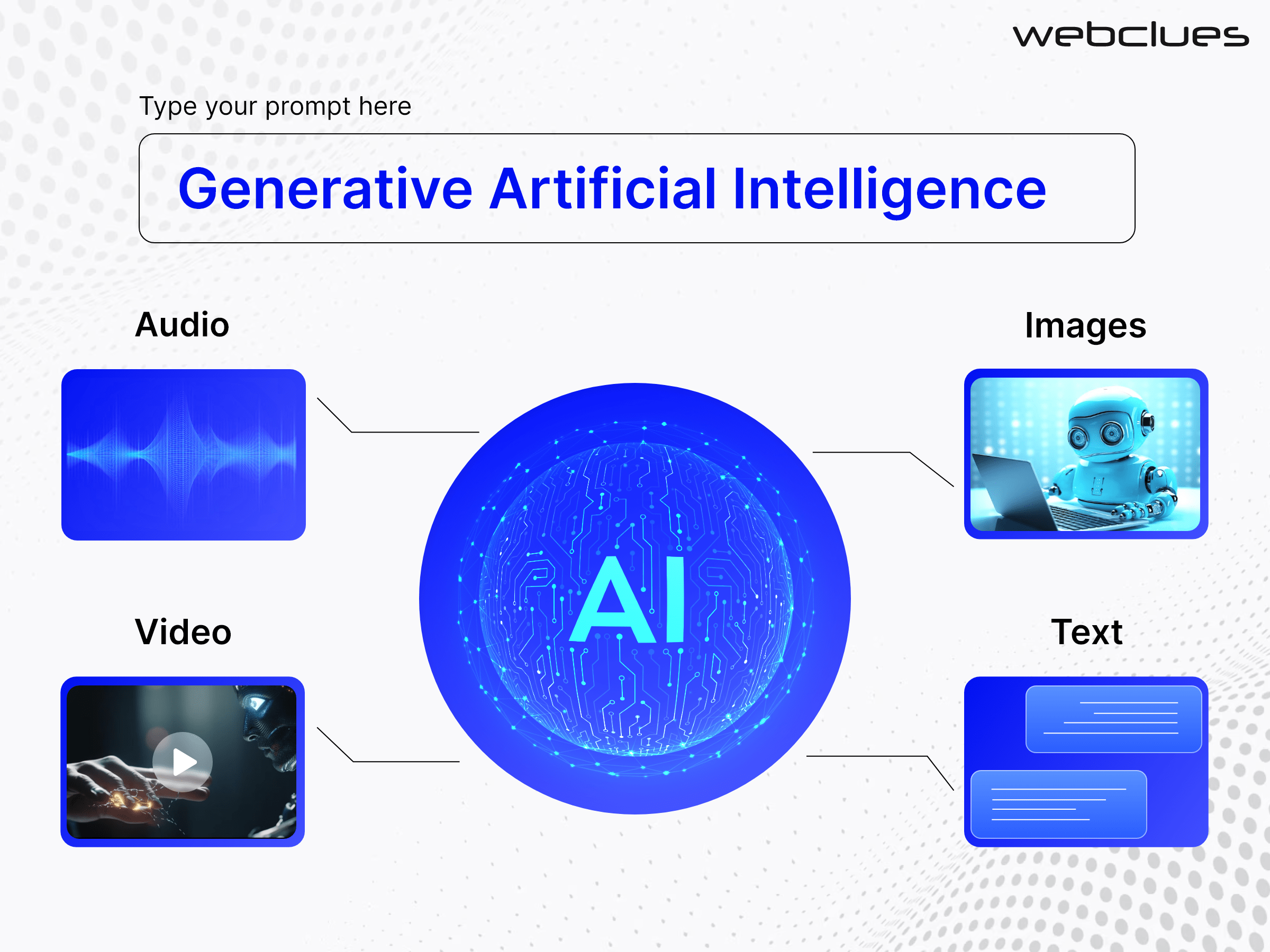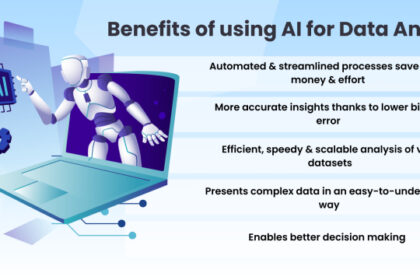The Impact of Generative AI on Investigative Journalism: Ethical Considerations, Data Accuracy, and Future Innovations
In an era defined by information overload and the rapid proliferation of digital content, investigative journalism stands as a critical pillar of democracy, committed to uncovering truths, holding power accountable, and informing the public. As technology continues its relentless march, a new frontier has emerged: Generative Artificial Intelligence (AI). This transformative technology, capable of creating text, images, audio, and video, is poised to profoundly reshape how investigative journalists operate, offering unprecedented tools for data analysis, content synthesis, and pattern recognition. However, with its immense potential come significant challenges, particularly concerning ethical considerations, the imperative of data accuracy, and the very future of journalistic integrity.
The integration of Generative AI into the newsroom is not merely an upgrade; it represents a paradigm shift, promising to augment human capabilities, streamline arduous tasks, and potentially uncover stories that would otherwise remain hidden within mountains of data. Imagine AI sifting through millions of financial documents, government records, or social media posts in minutes, identifying anomalies or connections that would take human teams months or even years. This efficiency can dramatically accelerate the investigative process, allowing journalists to focus on high-level analysis, critical interviews, and nuanced storytelling. Yet, this power is a double-edged sword. The same technology that can expose truth can also be weaponized to create sophisticated misinformation, deepfakes, and biased narratives, threatening to erode public trust and undermine the credibility of legitimate reporting. This article delves deep into the multifaceted impact of Generative AI on investigative journalism, exploring the revolutionary opportunities it presents, the complex ethical dilemmas it engenders, the critical importance of maintaining data accuracy, and the innovative pathways it paves for the future of watchdog reporting. We will navigate the promises and pitfalls, offering a comprehensive guide for journalists and news organizations seeking to responsibly harness this powerful technology while safeguarding the core tenets of their profession.

Understanding Generative AI in the Journalistic Landscape
Generative AI refers to a category of artificial intelligence models capable of producing new and original content, rather than merely analyzing existing data. Unlike traditional AI, which might identify a cat in an image, Generative AI can create a novel image of a cat that has never existed. This capability stems primarily from advanced machine learning architectures, such as Large Language Models (LLMs) like GPT-4, and generative adversarial networks (GANs) for image and video creation. These models learn patterns and structures from vast datasets and then use this knowledge to generate new outputs that mimic the style and characteristics of their training data.

What is Generative AI?
At its core, Generative AI leverages deep learning to understand and generate human-like text, realistic images, synthetic audio, and even video. For investigative journalism, the most immediately relevant applications involve LLMs, which can process and generate text-based content. These models can summarize lengthy reports, draft initial outlines, translate documents, or even brainstorm interview questions. Image and video generation capabilities, while posing significant risks in terms of deepfakes, also offer potential for creating compelling visual aids for storytelling, provided their generative nature is transparently disclosed. The power of these tools lies in their ability to automate repetitive, data-intensive tasks, thereby freeing up valuable human resources.

Traditional Investigative Journalism: Core Principles and Challenges
Investigative journalism has always been a rigorous, labor-intensive pursuit. Its core principles revolve around independence, accuracy, fairness, transparency, and accountability. Journalists dedicate countless hours to gathering evidence, cross-referencing sources, conducting interviews, analyzing documents, and verifying facts. This work is often characterized by its depth, its focus on systemic issues, and its commitment to exposing wrongdoing, even in the face of powerful opposition.
However, traditional investigative journalism faces numerous challenges in the digital age. The sheer volume of available data can be overwhelming, making it difficult for human teams to identify crucial patterns or connections. Resource constraints, tight deadlines, and the increasing sophistication of those attempting to conceal information further complicate the process. Furthermore, the global nature of many contemporary investigations demands multilingual capabilities and cross-border collaboration, adding layers of complexity. These challenges highlight areas where Generative AI could offer significant support, but also underscore the importance of maintaining the human oversight that upholds journalistic principles.

The Dawn of AI-Assisted Investigations: Early Adoptions and Potential
The integration of AI into journalism is not entirely new. Newsrooms have been using AI for automated content tagging, personalized news feeds, and basic data analysis for years. However, Generative AI represents a leap forward. Early adoptions in investigative journalism are largely focused on tasks such as:
- Data Sifting and Pattern Recognition: AI algorithms can scan vast databases of public records, financial transactions, or social media interactions to identify anomalies, connections, or trends that might indicate wrongdoing.
- Document Summarization: LLMs can quickly distill the key points from lengthy legal documents, corporate reports, or scientific papers, providing journalists with rapid comprehension.
- Initial Research and Backgrounding: AI can compile comprehensive background information on individuals, organizations, or topics, accelerating the initial research phase of an investigation.
- Language Translation: Breaking down language barriers in international investigations by rapidly translating documents and communications.
- Processing Vast Datasets: AI can ingest and analyze millions of pages of text, including legal filings, corporate reports, government tenders, and leaked documents. It can identify key entities, relationships, and events within this data, even across different languages. For instance, an AI tool could scan thousands of financial records to flag unusual transactions or identify patterns of corruption that might be missed by human reviewers.
- Identifying Trends and Anomalies: Beyond simple data extraction, Generative AI, especially when combined with analytical AI, can detect subtle trends, outliers, or anomalies that signal potential misconduct. Imagine AI analyzing years of procurement data to highlight vendors consistently winning bids with unusually high prices, or public officials whose assets show inexplicable growth.
- Case Study/Example: The International Consortium of Investigative Journalists (ICIJ) has long leveraged technology to manage massive leaks like the Panama Papers and Pandora Papers. While earlier efforts involved custom-built search engines and human tagging, Generative AI could further revolutionize this by automatically identifying key individuals, organizations, and connections across disparate documents, even inferring relationships based on contextual cues. This allows journalists to rapidly construct complex networks of influence and financial flows, saving countless hours of manual review.
- Summarizing Complex Documents: An LLM can condense a 100-page government report into a concise executive summary, highlighting the most salient points for a journalist. This accelerates comprehension and allows journalists to quickly grasp the essence of a document before delving into specifics.
- Generating Initial Drafts of Background Sections: For well-established topics or historical context, AI can generate initial drafts of background sections, freeing journalists to focus on the unique investigative findings and original reporting. This can include compiling biographical information on key figures or outlining the history
These applications demonstrate AI’s potential to act as a force multiplier, enhancing the capacity of investigative teams. However, they also lay the groundwork for the ethical and accuracy challenges that must be meticulously addressed to ensure Generative AI truly serves, rather than compromises, journalistic integrity.

Transforming the Investigative Process: Opportunities and Efficiencies
Generative AI offers a suite of powerful tools that can fundamentally alter the speed, scope, and depth of investigative journalism. By automating and augmenting various stages of the investigative process, AI can empower journalists to tackle more ambitious projects, uncover hidden truths more efficiently, and deliver more impactful stories.
Automated Data Gathering and Synthesis
One of the most significant advantages of Generative AI is its ability to process and synthesize vast quantities of unstructured and structured data at speeds impossible for humans. Investigative journalists frequently grapple with gigabytes of documents, emails, spreadsheets, and public records.
Content Generation and Drafts
While Generative AI should never replace the journalist’s voice or critical analysis, it can significantly assist in the preliminary stages of content creation, particularly for background information or summarizing complex findings.







